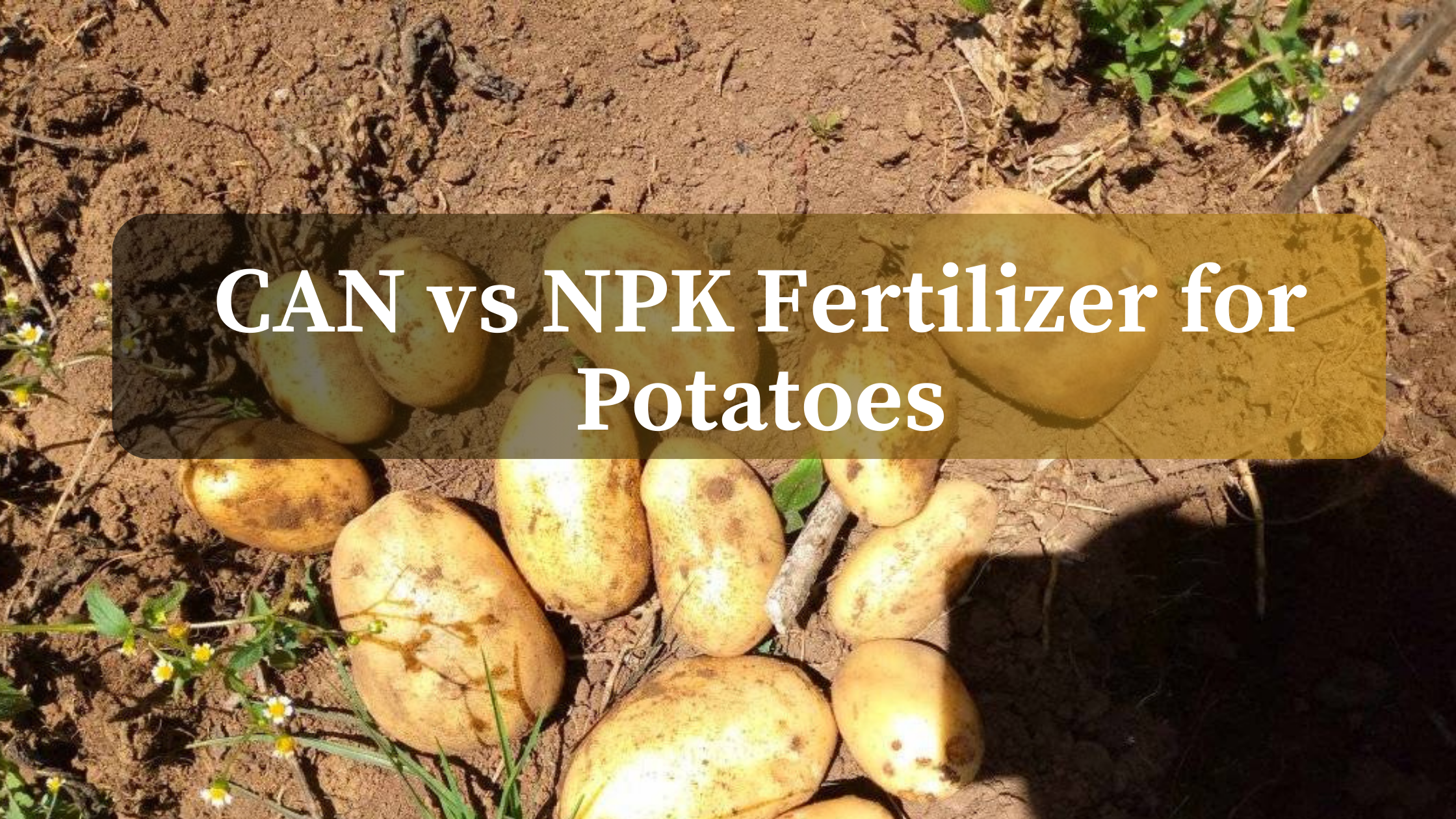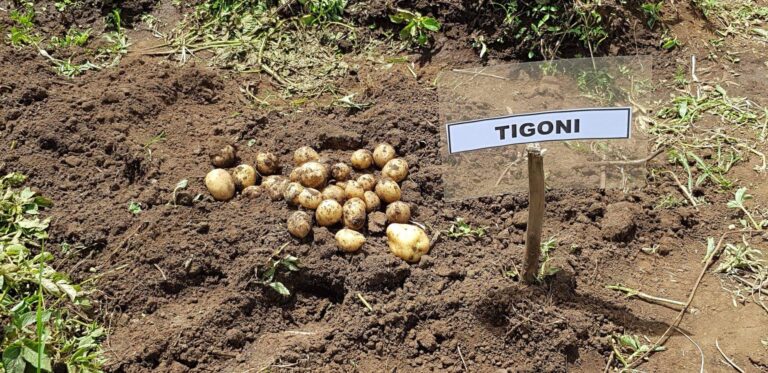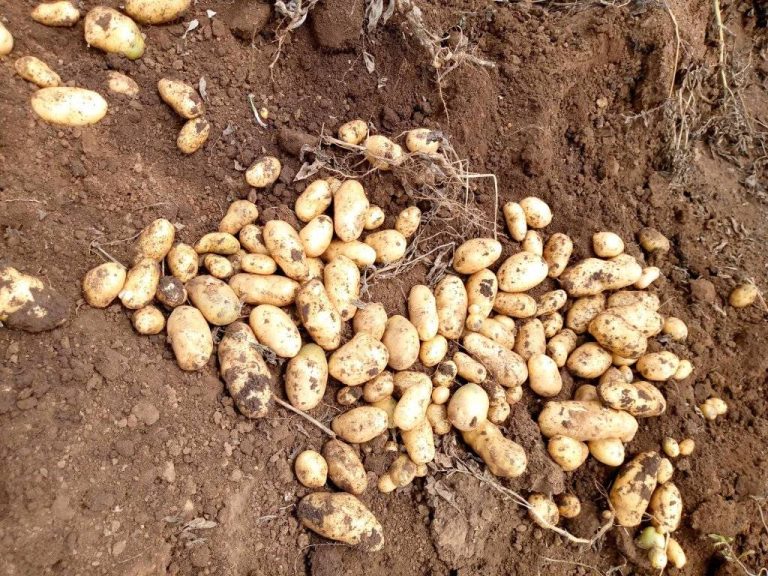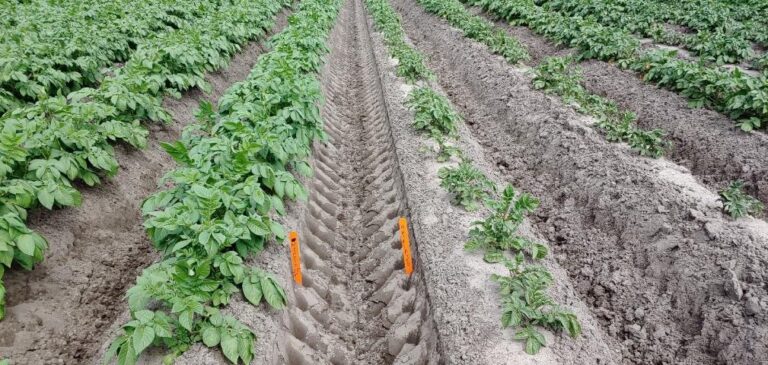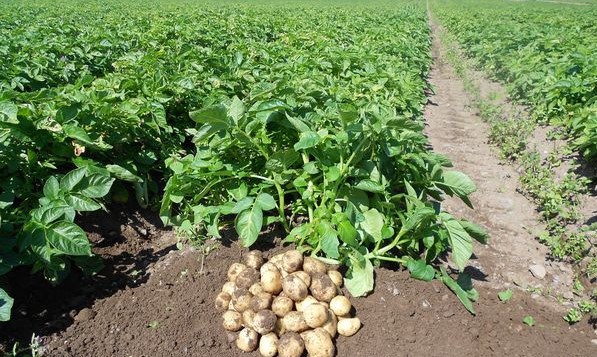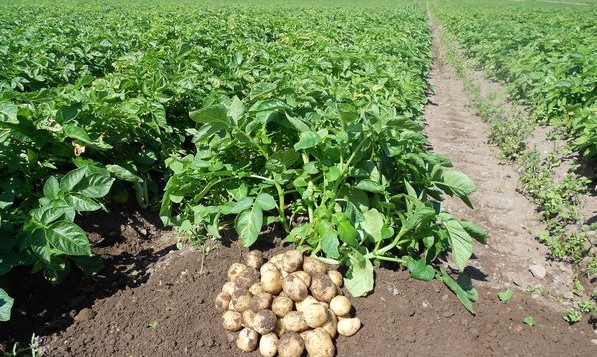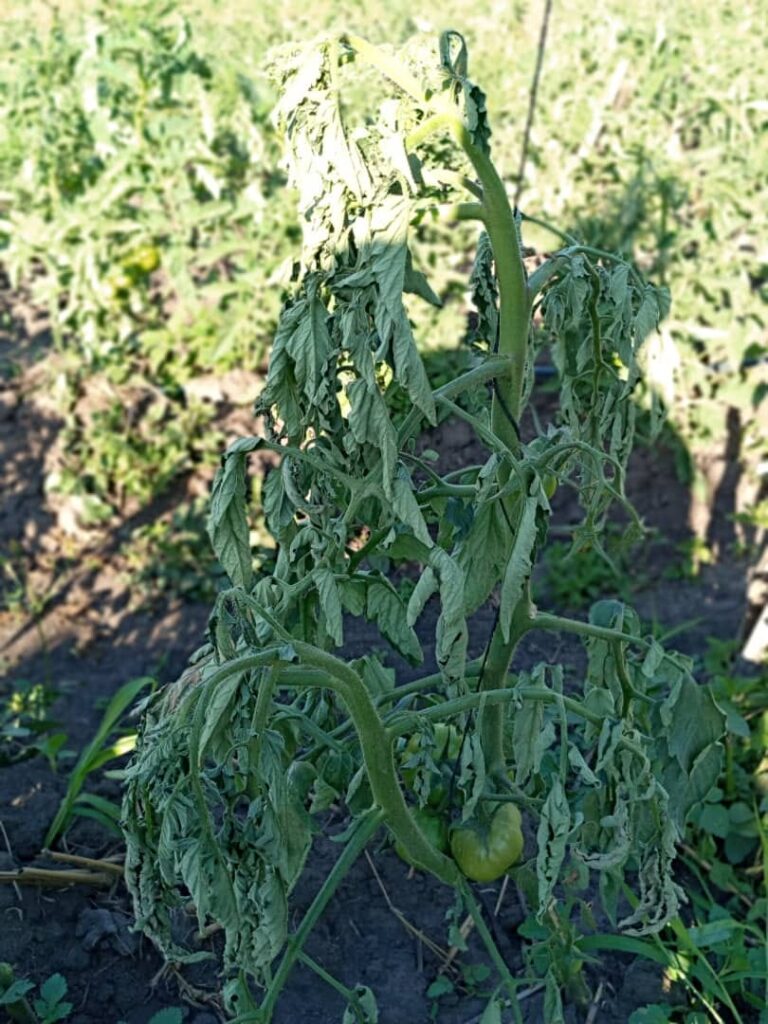CAN vs NPK Fertilizer for Potatoes: Advantages, Disadvantages and Best Practices
Calcium ammonium nitrate (CAN) and NPK fertilizers are common nitrogen sources used for potato production.
This article compares the key differences between CAN and NPK fertilizers, their advantages and disadvantages, and best practices for using each to optimize potato yields and quality.
Overview of CAN and NPK Fertilizers
CAN is a nitrogen fertilizer containing calcium and ammonium nitrate. It typically supplies 20-27% nitrogen, with some calcium and sulfur. The nitrogen is present in both nitrate and ammonium forms.
NPK fertilizers contain nitrogen, phosphorus and potassium in varying percentages.
Common grades for potatoes include 5-10-10, 10-20-20 and 15-15-15. The nutrients come from different chemical sources like urea, ammonium phosphate, and potassium chloride.

Advantages of CAN Fertilizer
- Supplies nitrogen in both nitrate and ammonium forms for balanced uptake
- Calcium improves tuber quality and storability
- Nitrate form is immediately available to support early growth
- Ammonium form resists leaching for longer availability
- Acidifying effect helps maintain optimal soil pH for potatoes
Disadvantages of CAN Fertilizer
- Relatively low in phosphorus and potassium versus crop needs
- Requires additional P and K fertilization for balanced nutrition
- Contains no micronutrients that may be required
- Salts present can potentially damage soil structure over time
Advantages of NPK Fertilizers
- Supplies nitrogen along with phosphorus and potassium
- Balanced nutrition from all three major nutrients
- Customizable NPK ratios can match crop needs
- Often contain secondary nutrients like sulfur and magnesium
- May include micronutrients missing in soils
Disadvantages of NPK Fertilizers
- No calcium compared to CAN
- Nutrients not always in readily available forms
- Excess phosphorus can accumulate in soils
- Salts and chloride in some NPK grades pose toxicity risks
- Does not acidify soils like CAN
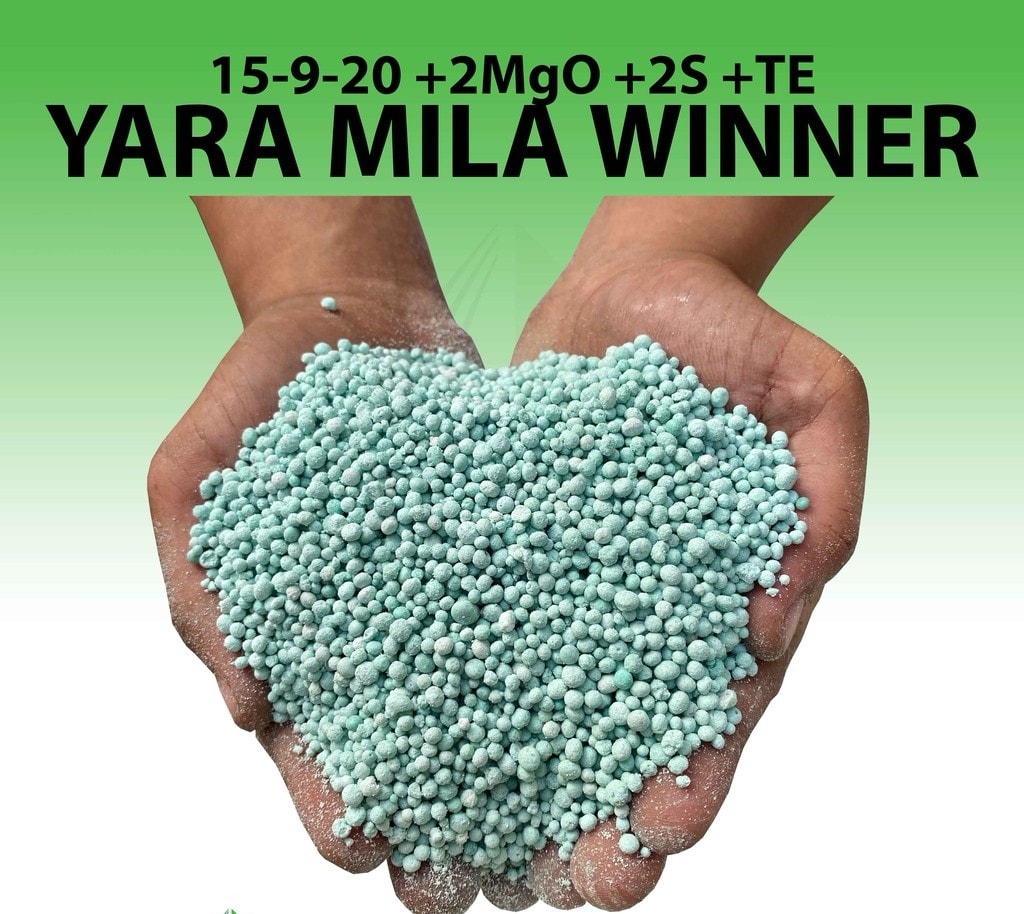
Best Practices for Using CAN and NPK Fertilizers
- Test soils to determine nutrient needs and availability
- Use CAN as main nitrogen source, supplemented with P and K
- Apply P and K during planting; CAN can be sidedressed later
- Split applications of both CAN and NPK based on crop demand
- Incorporate into soil or water-in after application to avoid losses
- Use controlled release NPK grades to prolong availability
- Follow recommended application rates based on yield goals
Conclusion
CAN and NPK fertilizers both play an important role in potato nutrition. Though CAN lacks phosphorus and potassium, its nitrate and ammonium nitrogen forms efficiently support plant growth and tuber development.
NPK grades provide balanced major nutrients, but nutrients may not always be in readily available forms.
Using CAN as the primary nitrogen source along with split applications of NPK based on crop growth stages allows potato plants to effectively take up the essential nutrients required for optimal yields.
